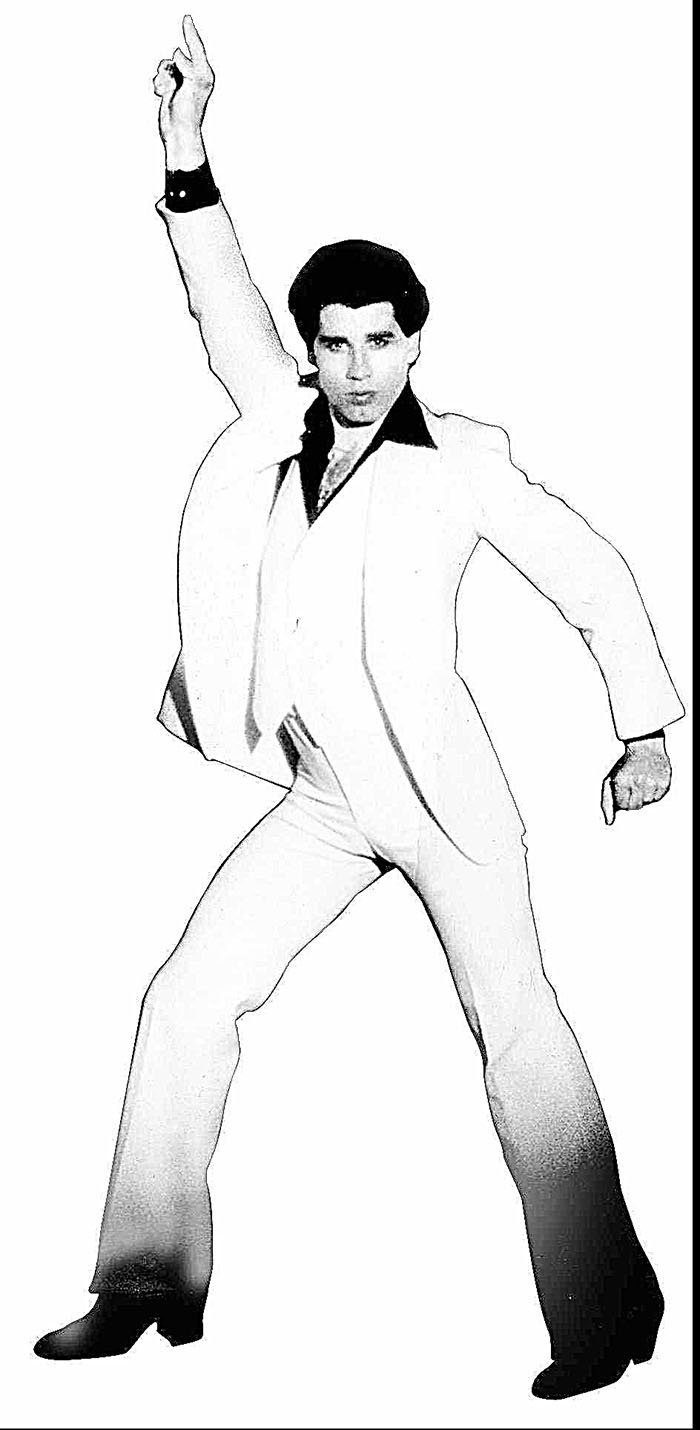A bystander needs only two things to learn cardiopulmonary resuscitation and possibly save a life: a willingness to press hard on someone's chest and familiarity with the Bee Gees' disco hit "Stayin' Alive."
Yes, CPR has changed. The American Heart Association and other organizations, including the American Red Cross, are promoting instruction in a hands-only version of CPR that drops the intimidating mouth-to-mouth maneuver they long taught.
Today's CPR provider presses down hard and fast in the center of the chest until the ambulance or someone with an automatic defibrillator arrives to take over.
And the Bee Gees? The beat of their song -- featured on the soundtrack of 1977's Saturday Night Fever -- just about matches the optimum CPR rhythm of 100 chest compressions per minute.
Cardiac arrest is difficult to survive, no matter the circumstances. Even in the hospital, only about 24 percent of adults do so, according to heart association data from 2012, the most recent available. About 80 percent of cardiac arrests occur away from hospitals, often at home, with fewer than 8 percent of victims surviving, according to the association.
Basic CPR can -- sometimes -- be enough to keep a person alive until first responders arrive.
"People don't have to go to a class or get certified. They can learn the basics online, at a public event or even from a health-care provider," says Clifton Callaway, executive vice-chair of emergency medicine at the University of Pittsburgh School of Medicine.
The association updated its guidelines in 2010 to promote hands-only chest compressions, citing studies showing that "for most adults with out-of-hospital cardiac arrest, bystander CPR with chest compression only appears to achieve outcomes similar to those of conventional CPR."
Two studies, one conducted in London and one in Sweden, compared emergencies in which bystanders used either hands-only CPR or CPR with what is called "rescue breathing." The studies, published in the New England Journal of Medicine in 2010, found similar outcomes, conclusions that offered support for compression-only aid.
Researchers say that people doing both compressions and rescue breathing would often stop the crucial compressing while concentrating on breathing.
Mouth-to-mouth resuscitation in addition to chest compressions is still recommended for children, teenagers and senior citizens because they may have a breathing obstruction rather than cardiac arrest, and trained responders are still taught the older method.
The rollout of the new method has been gradual as AHA developed efforts to train what it hopes will eventually be tens of millions of people in the United States. Kits with instructions and a small practice mannequin are given out at mass training events, and materials -- a DVD, a skills reminder card and a mannequin -- can be bought online. An Arizona study found that after authorities promoted compression-only CPR, bystanders went from assisting in 28 percent of collapses to 40 percent of them.
A bystander who sees someone collapse should first ask another person to call 911, direct someone else to look for an automated defibrillator and begin CPR immediately with no stopping until help arrives, says Ahamed Idris, a professor of surgery at the UT Southwestern Medical Center in Dallas, who was a designer of a CPR training kiosk in use at the Dallas/Fort Worth airport.
It's important to dispel the notion that CPR is difficult to learn, says Reginald Robinson, a Washington cardiologist and former president of AHA's Washington chapter.
"People have put off learning CPR because they can't find the three or four hours many courses take," he says, "but you don't need that whole long course anymore unless you're planning on being an expert in advanced lifesaving. Lay people need the basics, and that will save lives."
ActiveStyle on 05/25/2015
